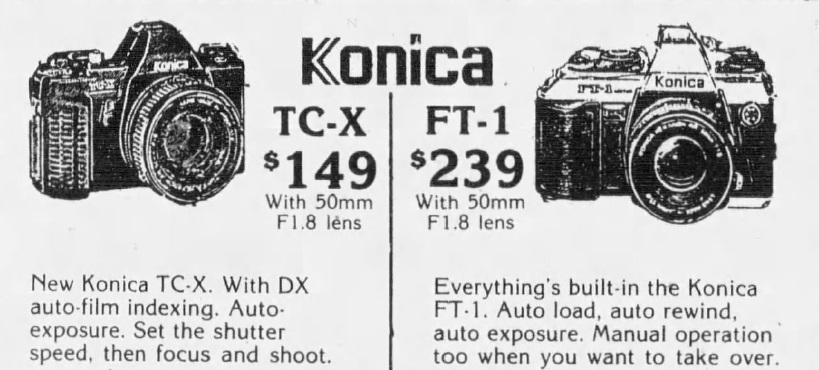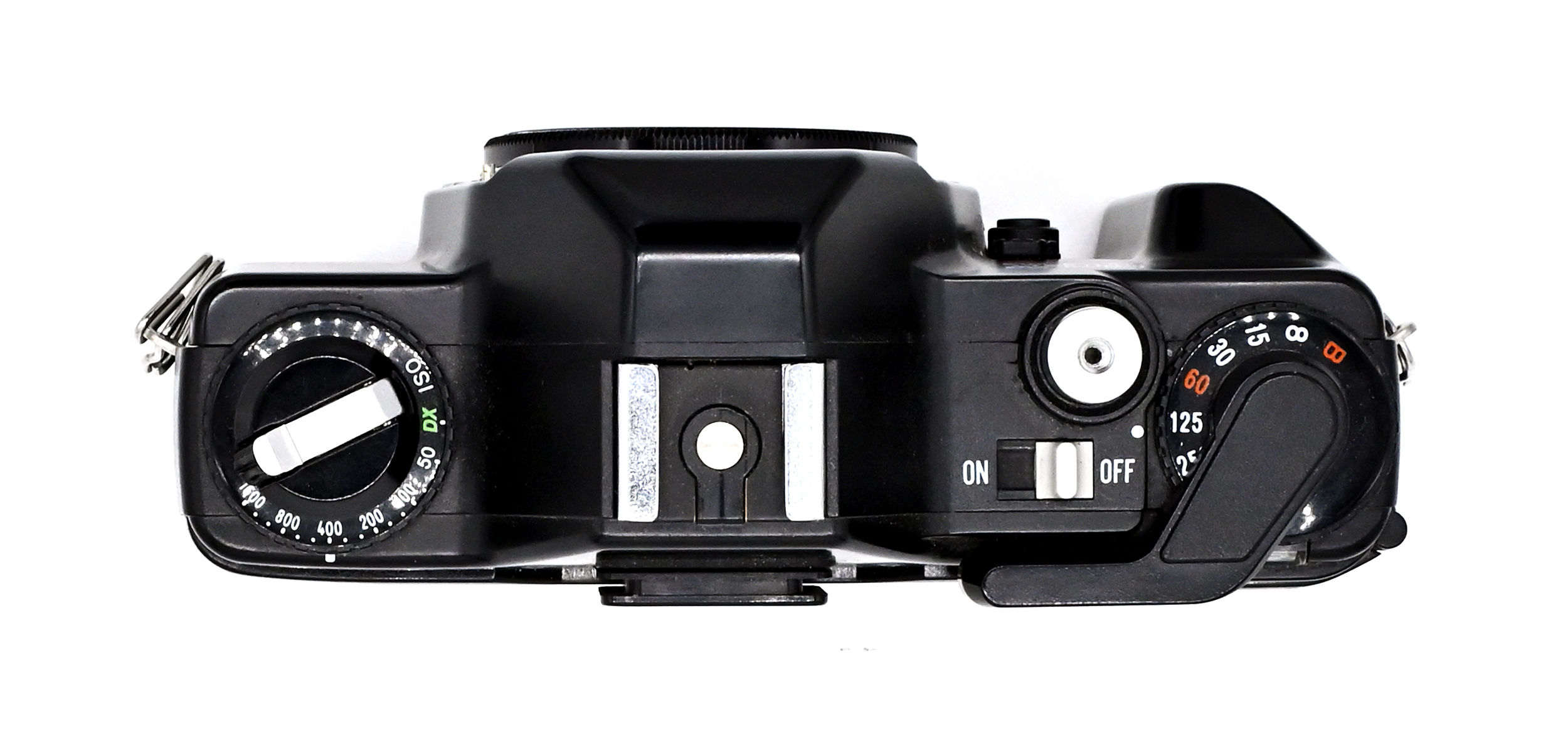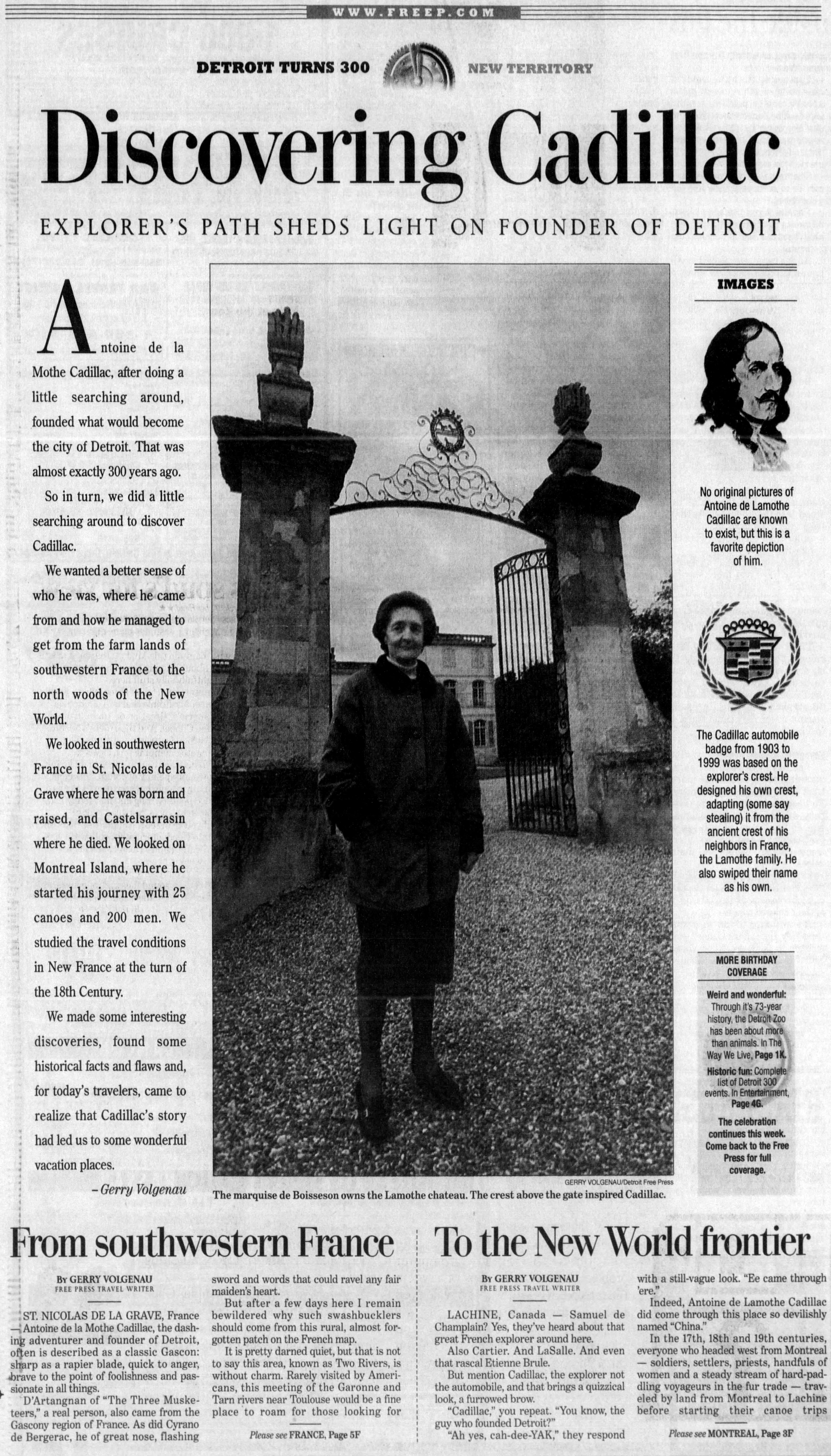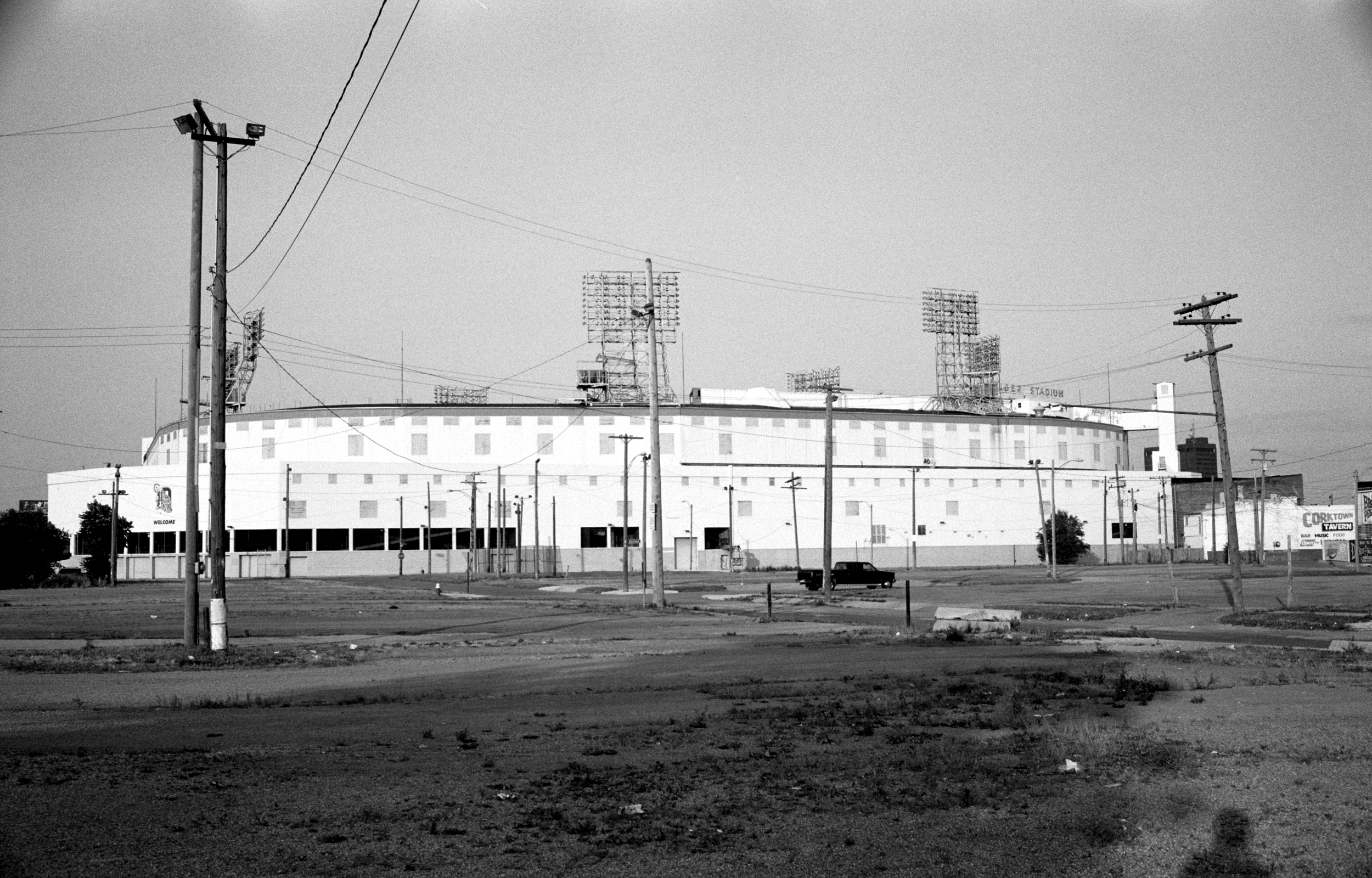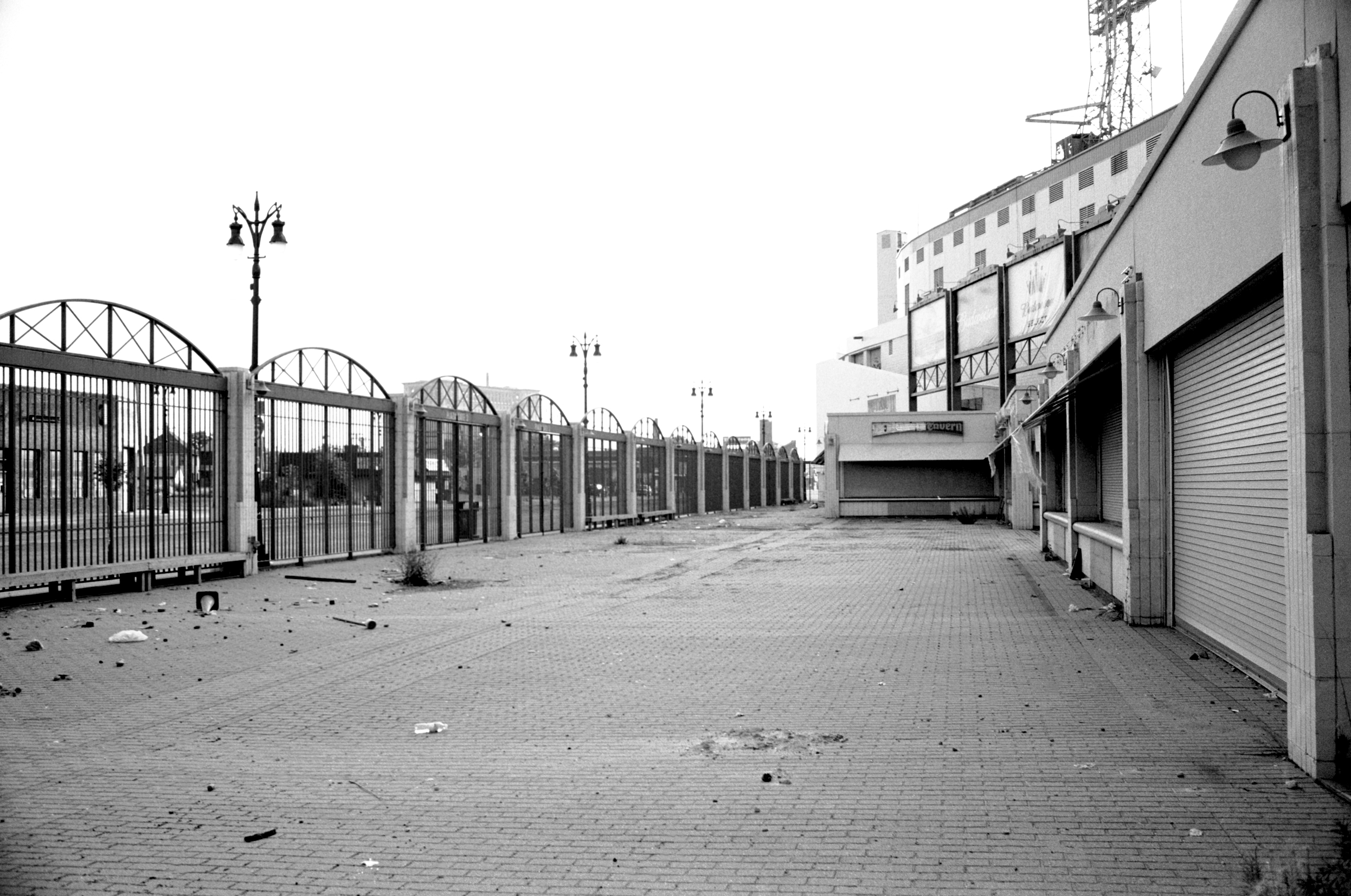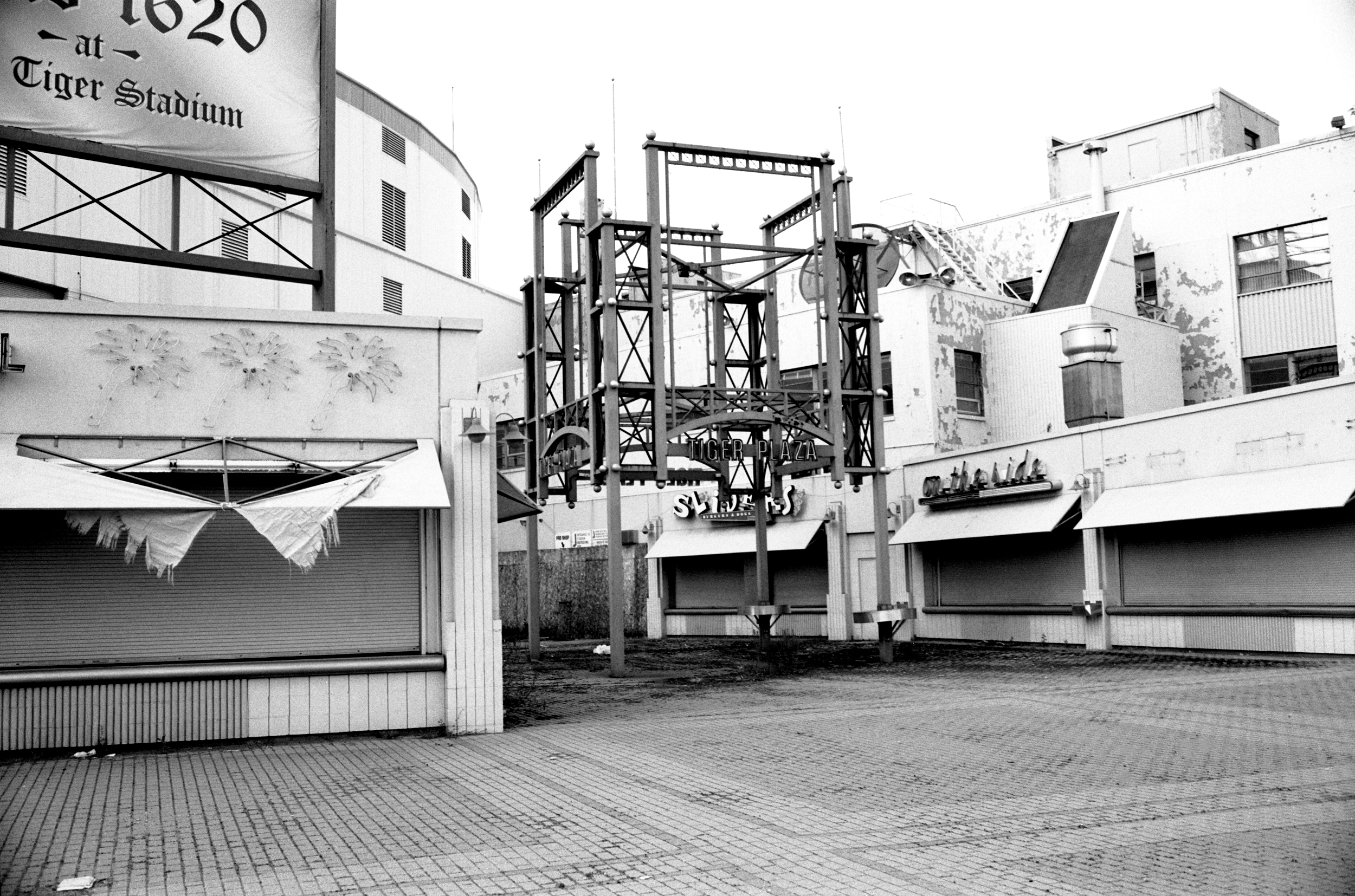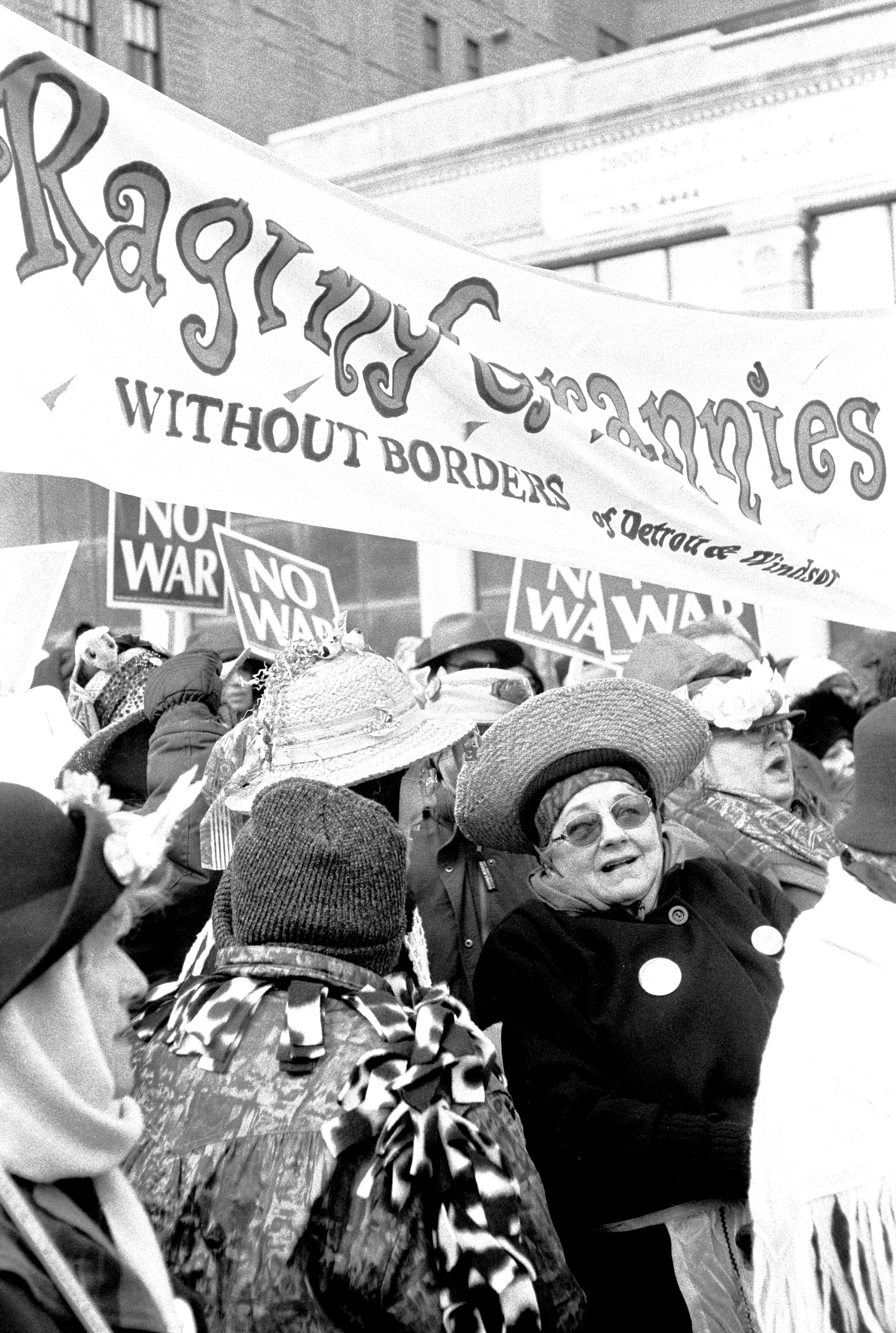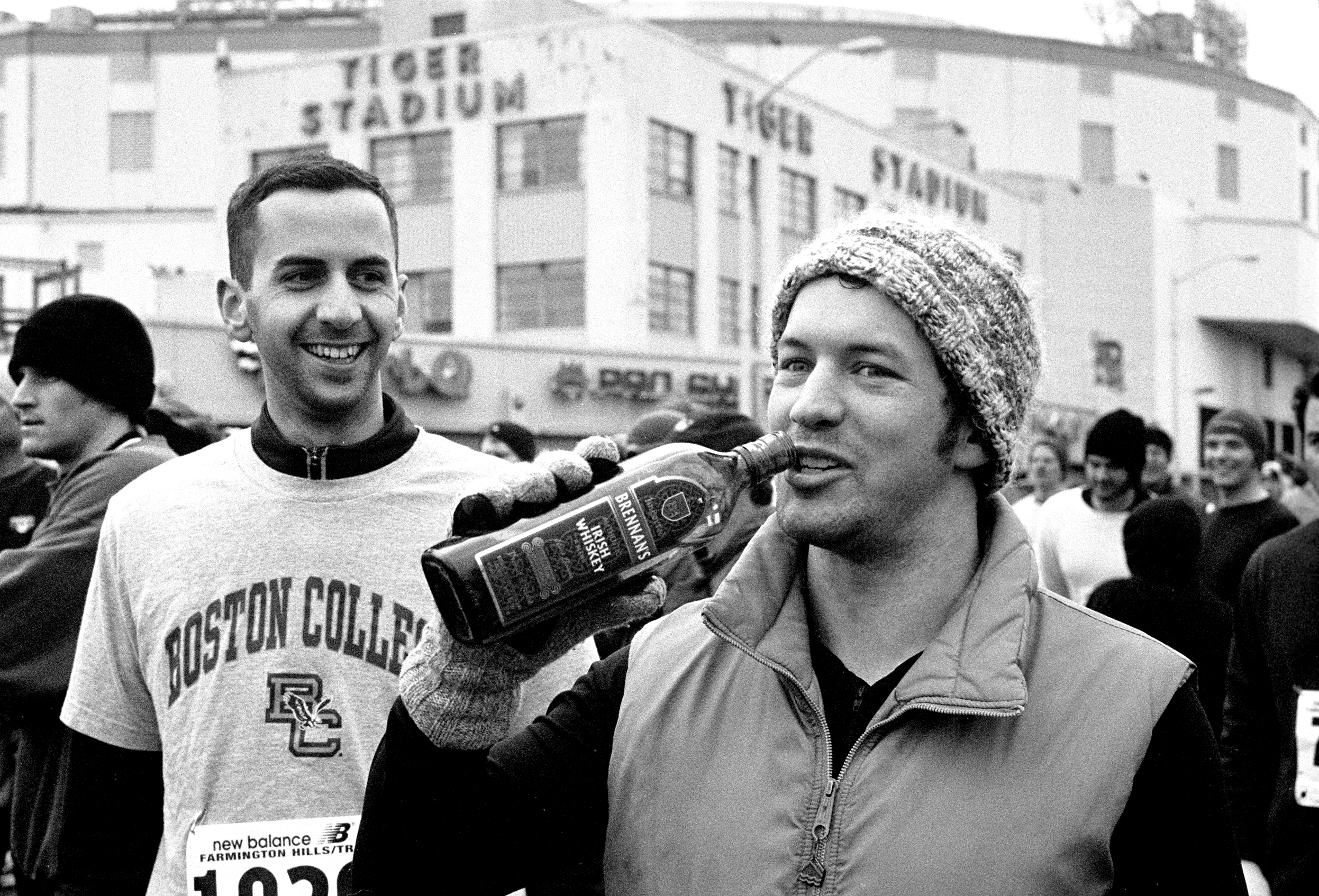
The 1973 Konica Auto S3 is an advanced compact fixed-lens rangefinder camera whose primary selling point is its exceptional 38mm f/1.8 lens. The Auto S3 descends from two prior Konica rangefinder products, combining the 38mm Hexanon lens from the 1966 Auto SE and the general design and ergonomics of the 1968 C35. With a good, but not perfect, combination of features, the Auto S3 still remains one of the iconic pocketable fixed-lens rangefinder cameras.
During the 1950s, Konica produced a series of high-quality fixed-lens rangefinders in the form of the I, II, and III series. With the market demanding cameras with coupled light meters, starting in 1959, Konica produced a series of excellent fixed-lens rangefinder cameras, which ultimately culminated in the 1973 Auto S3. Here is a brief recap.
Konica S Series (1959-63): Starting in 1959, Konica introduced the first of three cameras in the “S” series, which combined a sharp and rangefinder-coupled lens, a coupled selenium light meter (match needle), a Copal SV shutter (max 1/500 shutter speed), and a parallax-corrected viewfinder. The primary differences between Models 1, 2, and 3 were the lenses. The S came with a 45mm f/2.8 lens, the S-II with a 48mm f/2 lens, and the rare S-III with a 47mm f/1.9 lens. The independent aperture and shutter speed controls were placed on the lens itself.
Konica Auto S Series (1963-66): During 1963, Konica introduced the next generation of its fixed-lens rangefinder camera in its Auto S camera. Using the same 47mm f/1.9 lens from the contemporary Konica S III, the Auto S added an off-lens coupled CdS metering system powered by a single PX625 1.3V battery, a Copal SVA shutter, a dual range exposure system that permitted an “auto mode” for shutter speed priority operation or match needle operation for aperture priority, a parallax-corrected viewfinder, and a pull out lens hood. It was a superb (and expensive) camera for the time. In 1965, Konica released a major update to the platform in the form of the Auto S2 with a the 45mm f/1.8 lens. The major difference from the Auto S was the relocation of the CdS meter cell to inside the ring of the lens (allowing for automatic exposure compensation when using filters).
Side-by-side with the production of the Auto S2, Konica announced the Auto SE Electronic in 1966. The Auto SE featured a brand new, wider 38mm f/1.8 lens, a wind-up auto film advance mechanism, and automatically parallax-corrected viewfinder. The Auto SE was a “program-only” camera, whose only exposure input was the film speed, with the camera doing the rest.
Konica C35 (1968): In 1968, Konica introduced its perhaps most iconic rangefinder camera. The C35 was a major departure from the Auto S series line. The C35 had a coupled rangefinder, a four-element 38mm f/2.8 lens and a Copal B shutter. The C35 was a completely automatic camera, with no manual override for either shutter or aperture settings. The CdS meter transmitted both the shutter speed and aperture settings to the viewfinder. The auto shutter operated from 1/30 to 1/650. The camera also introduced a neat automatic flash system that set that automatically set the shutter speed to 1/25. Konica sold a ton of these cameras. The C35 lived on through the 1970s in various configurations, using the same 38mm f/2.8 lens.
Konica Auto S3
The Auto S3 combines the general ergonomics of the C35 with its excellent 38mm f/1.8 lens from the Auto SE. Other than the lens, the Auto S3’s highlights included shutter speed priority autoexposure, an exposure lock capability, and a further implementation of the guide number flash system that synced at all shutter speeds. Although the production of the Auto S3 ceased around 1977, Minolta and Vivitar introduced very similar products immediately thereafter: the 7sII and the 35ES.
Specifications
| Construction | Anodized Aluminum Body |
| Shutter Speeds | B, 1/8 to 1/500 |
| X-Flash Sync | All Speeds |
| Aperture Range | f/1.8 to f/16 |
| ASA Range | 25-800 |
| Shutter | Copal (Leaf) |
| Battery | PX675 |
| Filter Thread | 49mm |
| RF Baselength | 14.2mm |
| Minimum Focus | 0.9m |
| 1973 Price | $199 |
| Years of Production | 1973-77 |

Operation
38mm Lens: The multicoated, six-element, four-group 38mm f/1.8 lens on the Auto S3 is carried over from the single coated version in the prior Auto SE (which could focus down to 0.6m). The 38mm Hexanon is a fantastic lens with (I am pretty sure) a 1-2-2-1 symmetrical design and. In my opinion, the Hexanon rivals lenses like the similarly-designed 35mm f/2.8 Leica Summaron and the 35mm f/2.5 W-Nikkor. There is a little vignetting wide open but the resolution and color rendition are top-notch for a non-professional lens. I like the Hexanon so much that I had one modified to rangefinder-coupled Leica M mount.
Viewfinder: The Auto S3 has a relatively small but bright viewfinder and displays along the right side the aperture reading that would correspond to the selected shutter speed. There is no automatic parallax correction, only marks in the etched frameline for closer distances. The rangefinder patch is adequate for most situations.
Focusing: The primary shortcomings of the Auto S3 are that body’s capabilities are not commensurate with the lens performance. The combination of having a short effective rangefinder baselength, a short focusing throw, and a minimum focusing of only 0.9m limit the camera’s potential.
Exposure & Exposure Lock: The Auto S3 uses shutter-priority autoexposure. This means that the camera automatically sets the appropriate aperture at the shutter speed selected on the lens. Light metering is achieved via a CdS cell above the lens. A really nice feature on the Auto S3 is an exposure lock that is activated by a half-press of the shutter button.
Film Speed: The ASA 25-800 range was pretty good for 1973. The film speed is selected via a lever at the bottom of the lens.
Guide Number Flash System: Like the Auto SE before it, the S3 has an interesting daylight fill flash feature, that was originally designed for the Konica X-14 and X-20 flashes but will work with any flash that has a manual mode. The way it works is that you place the flash into the hotshoe and then adjust the flash guide number ring to match the flash’s guide number. With the flash attached, a dark bar appears along the aperture readings in the viewfinder. You focus and then meter the scene and then adjust the shutter speed until the aperture lines up with the black bar. Thus, this system takes into account the flash’s maximum power, the distance to the subject, and the ambient light. The Auto S3’s pre-set guide numbers (at ASA 80/125 in meters) are 7, 14, 28, and 56.
Battery: The Auto S3 requires one PX675 battery to operate. The camera will still fire with no batteries, but the aperture will be stuck wide open at f/1.8 and shutter speed at 1/30. Although PX675 mercury batteries of the correct voltage are no longer produced, there are adequate replacements (1) a zinc-air 675 replacement; or (2) an MR44 step down adapter, you can use a cheap 392 silver oxide battery.
Lens Hood: Konica never produced an OEM lens hood for the Auto S3. Almost all aftermarket 49mm lens hoods partially block the viewfinder, with some vented hoods actually also partially blocking the rangefinder as well. Per the helpful comment below, there are several workarounds. The first is the lens hood from the Minolta 7sII, which also has a 49mm filter thread. The second is the original hood from the 1959 Konica S.
Always On Light Meter: The light meter remains always on as long as the lens is uncovered. This is a major design flaw given the fact that either a switch or half-cocking the film advance could act as an “on” switch.

Compared to Contemporary Alternatives
During the 1970s, a variety of manufacturers made similar compact, fixed-lens rangefinders. Here are a few of the more popular ones compared. Aside from a slightly-wider lens and an exposure lock, the Auto S3’s specifications are, on paper, similar to its competitors.
| Konica S3 | Vivitar 35ES | Olympus 35RD | Yashica 35GX | Minolta 7sII | |
| Year Introduced | 1973 | 1978 | 1975 | 1975 | 1977 |
| Lens | 38mm f/1.8 | 40mm f/1.7 | 40mm f/1.7 | 40mm f/1.7 | 40mm f/1.7 |
| Min. Focus | 0.9m | 0.9m | 0.85m | 0.8m | 0.9m |
| Shutter Range | B – 1/500 | B – 1/500 | B – 1/500 | B – 1/500 | B – 1/500 |
| Exposure Modes | Shutter | Shutter | Shutter/Manual | Aperture | Shutter/Manual |
| Weight | 410g | 465g | 490g | 580g | 460g |
| Filter Thread | 49mm | 49mm | 49mm | 52mm | 49mm |
| Metering | CdS | CdS | CdS | Silicon Diode | CdS |
| Parallax Correction | Etched | Etched | Etched | Yes | Etched |
| ASA Range | 25-800 | 25-800 | 25-800 | 25-800 | 25-800 |
| Shutter | Copal | ? | Seiko | ? | Copal |
| X-Sync | All | All | All | Proprietary Flash | All |
| VF Mag. | 0.55x | ? | 0.60x | 0.62x | ? |
| RF Baselength | 14.2mm | ? | ? | ? | ? |
| Battery | PX675 | PX675 | PX625 | 2 x PX640 | PX675 |
| Exposure Lock | Yes | No | No | No | Yes |

Accessories
The Auto S3 had two main accessories: (1) a two-part case; and (2) a close up lens called the “Auto Up 3.” Because the Auto S3’s lack of close focusing, I have been keeping an eye out for the close up lens but they seem to come up very rarely.
Conclusions
There is no doubt that the Auto S3 is fine camera. Building upon the success of the C35, and incorporating the excellent wider lens from the Auto SE, the Auto S3 makes the case for being one of the better and more versatile consumer fixed-lens rangefinders on the market in 1973. Despite much internet enthusiasm for the Auto S3, it has some downsides that are mostly shared across its class of cameras. The fact that the meter continuously runs without a lens cap and drains the battery is a bummer. The minimum focusing distance of 0.9m limits its versatility. Because other manufacturers followed suit with similar products with similar capabilities, the Auto S3 does not monopolize any particularly useful feature in its class, except for perhaps exposure lock. Unless you are focused on the Auto S3 in particular, any of the other better cameras in its class (listed above) should similarly be considered. I would suggest that: (1) the Minolta 7sII would be considered as the true “successor” of the Auto S3; (2) the Yashica 35GX is more useful for those who prefer aperture-priority operation; and (3) the 1972 Canon QL17 G-III is perhaps the best of the bunch.

